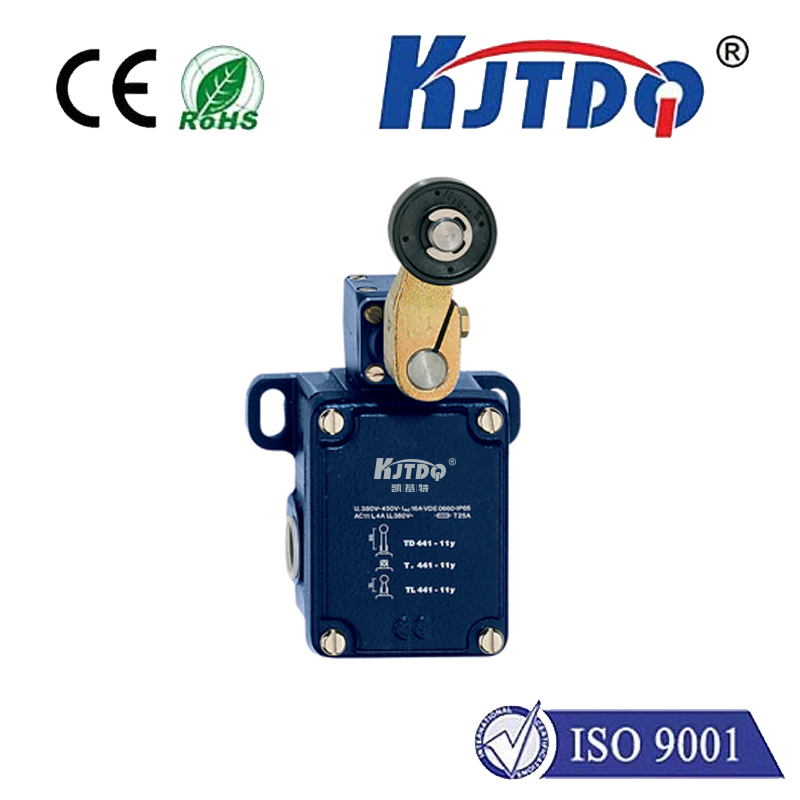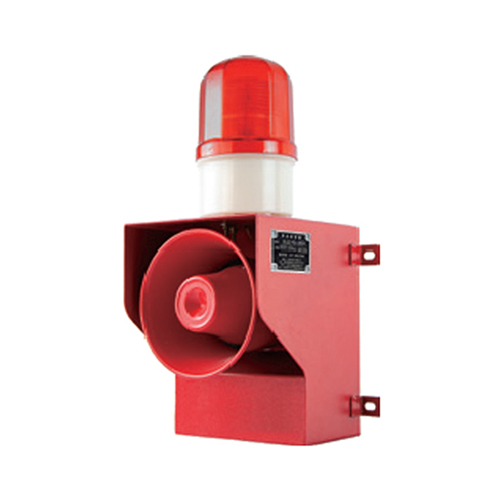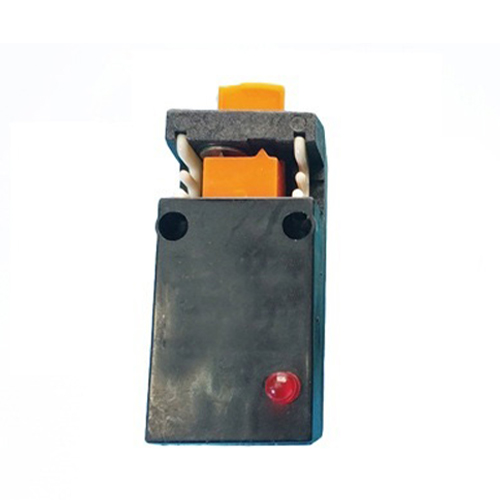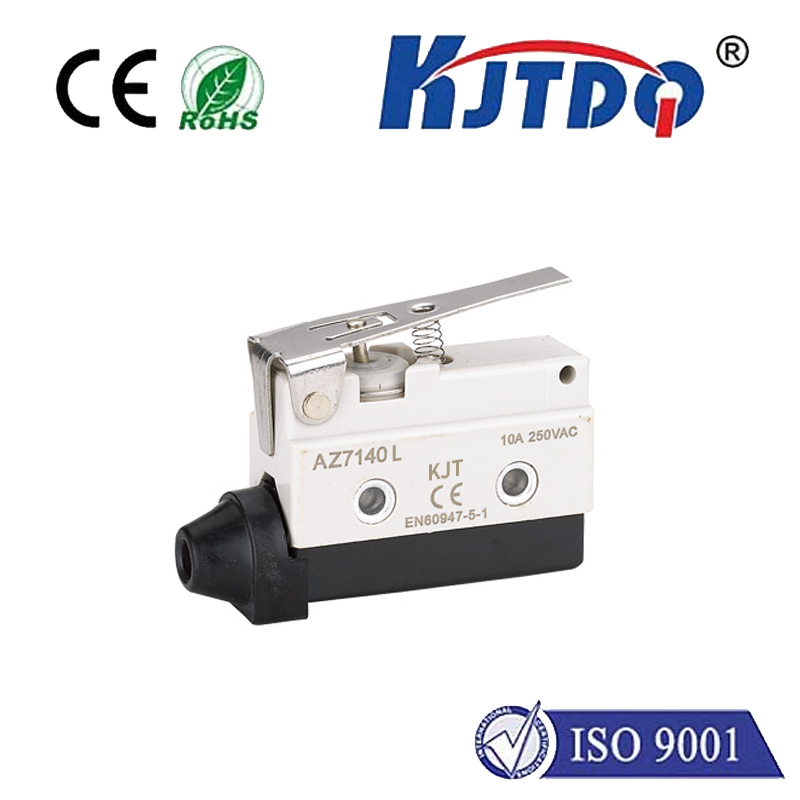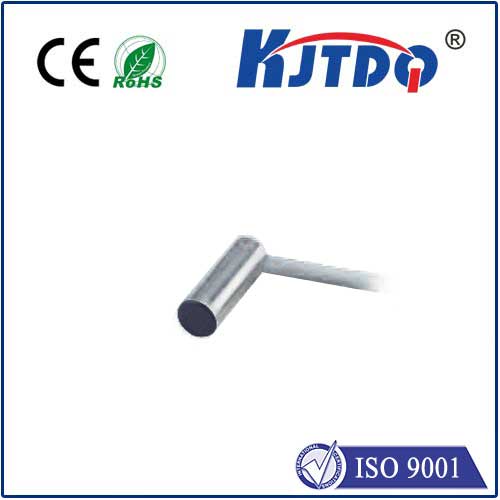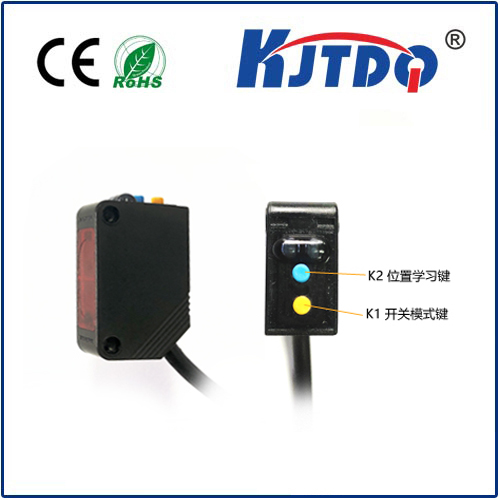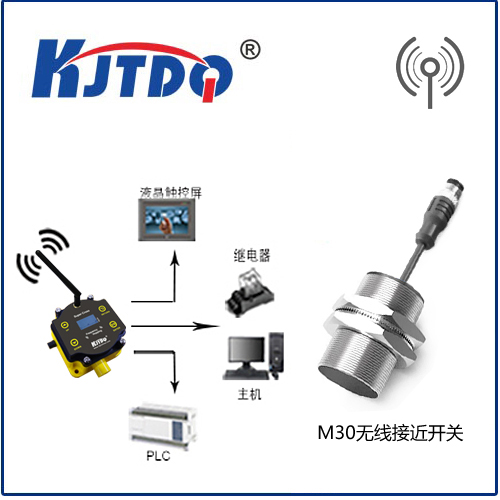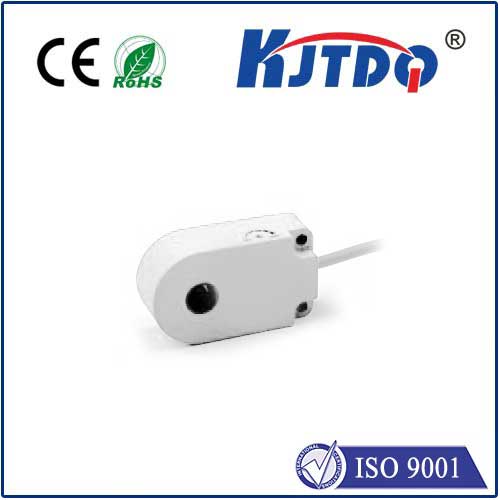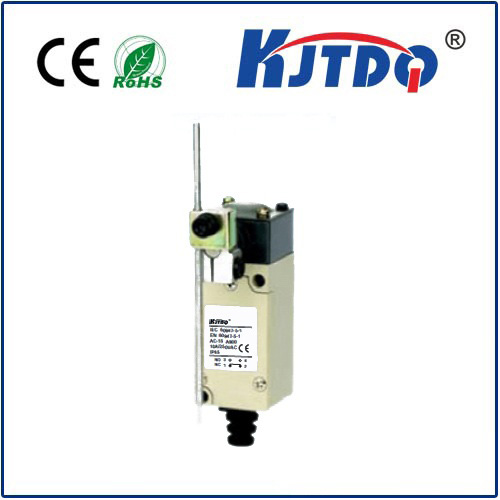

check

check

check

check

check

check

check

check

check

check

Title: High Temperature Capacitive Proximity Sensors and Their Benefits Capacitive proximity sensors are a type of sensor that use capacitance to detect the presence of an object. They have become increasingly popular in recent years due to their high accuracy, reliability, and versatility. One particular subset of these sensors is the high temperature capacitive proximity sensor, which is designed to operate effectively in extreme temperatures. In this article, we will explore the benefits of using high temperature capacitive proximity sensors and how they can be used in various applications. Firstly, high temperature capacitive proximity sensors are ideal for use in environments where traditional sensors may struggle to function correctly. This includes industries such as automotive manufacturing, food processing, and chemical production, where temperatures can exceed 200°C. Unlike other types of sensors, which may be affected by temperature fluctuations or require complex cooling systems, high temperature capacitive proximity sensors can maintain their accuracy and reliability even in the most extreme conditions. Secondly, high temperature capacitive proximity sensors offer improved safety and reliability in hazardous environments. In industries such as oil and gas exploration, where flammable gases and liquids are present, there is a risk of explosions if a sensor fails or malfunctions. High temperature capacitive proximity sensors are designed to withstand these harsh conditions and provide accurate readings without posing a risk of ignition. This makes them an essential component of safety systems in these industries. In addition to their practical benefits, high temperature capacitive proximity sensors also offer cost savings compared to traditional sensors. Because they do not require complex cooling systems or additional components to function correctly, they can be more cost-effective than other types of sensors. Furthermore, their durability and reliability mean that they require less maintenance and replacement over time, resulting in lower overall ownership costs. In conclusion, high temperature capacitive proximity sensors offer numerous benefits for industries operating in extreme temperatures. They provide accurate and reliable readings, improved safety and reliability in hazardous environments, and cost savings compared to traditional sensors. As technology continues to advance, it is likely that we will see even more innovative applications for high temperature capacitive proximity sensors in a variety of industries.
